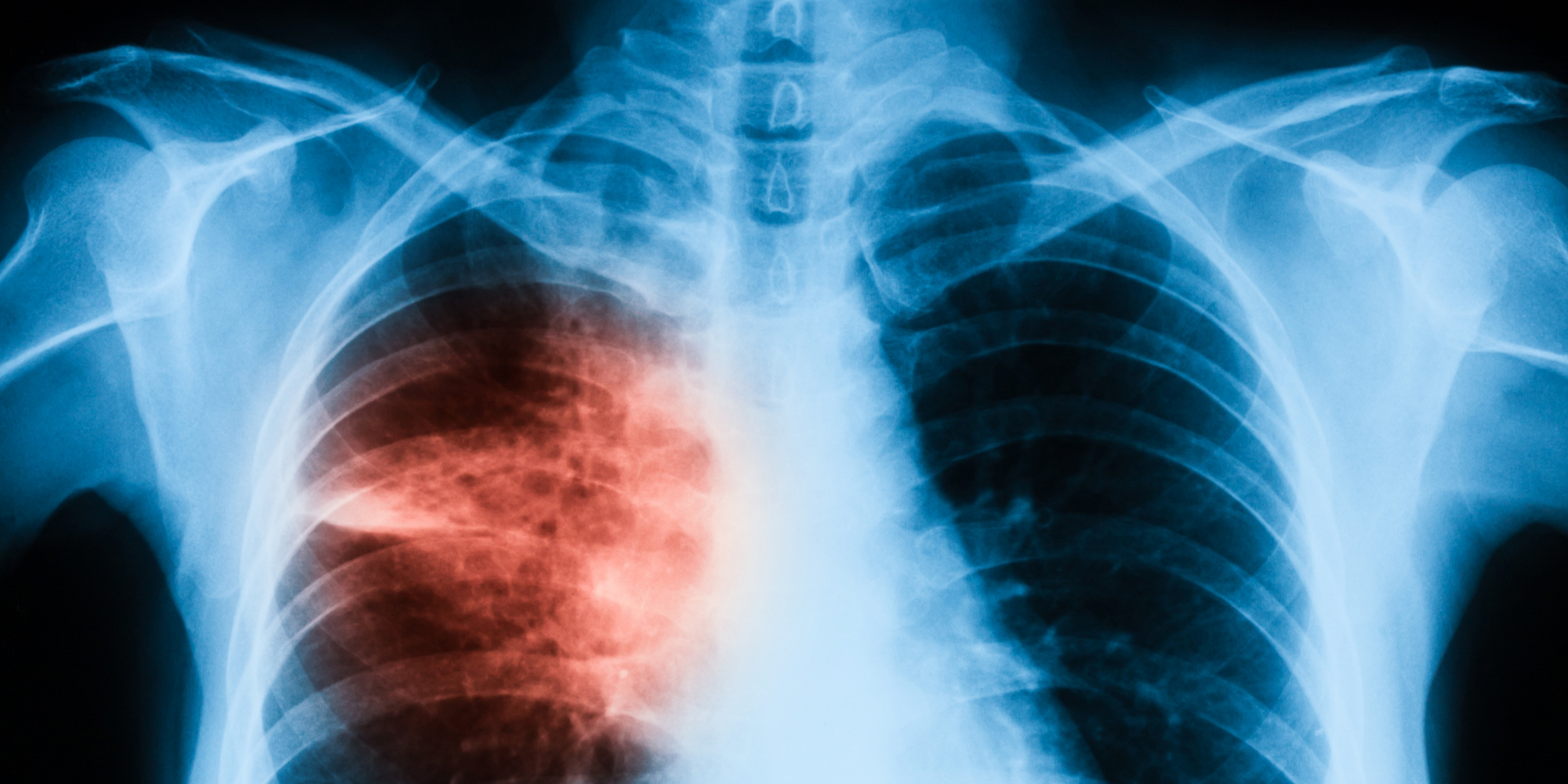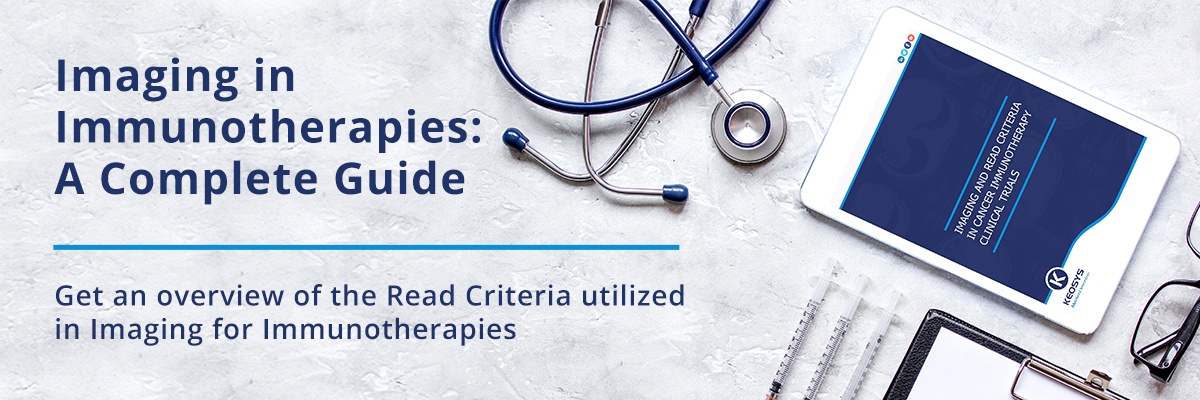Introduction
Metastatic breast cancer patients receive lifelong medication and are regularly monitored for disease progression.
Several standardized imaging-based criteria have been developed to assess treatment response in oncology.
In the recent years, several deep learning methods for medical image segmentation have been developed for different purposes such as diagnosis, radiotherapy planning or to correlate images findings with other clinical data. However, few studies focus on longitudinal images and response assessment. To the best of our knowledge, this is the first study to date evaluating the use of automatic segmentation to obtain imaging biomarkers that can be used to assess treatment response in patients with metastatic breast cancer.
The aim of this work was to (1) propose networks to segment breast cancer metastatic lesions on longitudinal whole-body PET/CT and (2) extract imaging biomarkers from the segmentations and evaluate their potential to determine treatment response.
Materials and Methods
Baseline and follow-up PET/CT images of 60 patients from the EPICUREseinmeta study were used to train two deep-learning models to segment breast cancer metastatic lesions.
One model was trained and validated with baseline PET/CT images. The second model was trained and validated with follow-up PET/CT images with, as additional inputs, baseline PET and baseline lesion segmentation. Figure 1 shows the architecture of the two networks and their input images.
From the automatic segmentations, four imaging biomarkers were computed and evaluated: SULpeak, Total Lesion Glycolysis (TLG), PET Bone Index (PBI) and PET Liver Index (PLI).
To evaluate the potential of the biomarkers to assess treatment response, changes between the baseline and follow-up images were analyzed with each imaging biomarker (SULpeak, TLG, PBI and PLI).
Figure 1: (a) U-NetBL and (b) U-NetFU networks’ architectures and inputs.
Results
The first model obtained a mean Dice score of 0.66 on baseline acquisitions. The second model obtained a mean Dice score of 0.58 on follow-up acquisitions. ROC curve analysis showed AUCs of 0.89, 0.80, 0.72 and 0.54 for SULpeak, TLG, PBI and PLI respectively. SULpeak, with a 32% decrease between baseline and follow-up, was the biomarker best able to classify patients as responders or non-responders (sensitivity 87%, specificity 87%), followed by TLG (43% decrease, sensitivity 73%, specificity 81%) and PBI (8% decrease, sensitivity 69%, specificity 69%).
Examples of lesion segmentations performed on both baseline and follow-up acquisitions for several patients shown in Figure 2.
Figure 3 shows an example of the imaging biomarkers automatically computed on three acquisitions of the same patient (one baseline and two follow-ups) and used to assess treatment response. According to the cutoff values defined above, this patient was classified as responder by each biomarker, which agrees with the PERCIST evaluation performed by the expert.
Figure 2: Segmentation examples on two acquisitions from 3 patients from the test dataset. (a–c): Maximum intensity projections of PET images. (d–f): Ground truth segmentation overlaid on the maximum intensity projections of PET images. (g–i): Automatic segmentation overlaid on the maximum intensity projections of PET images. U-NetBL was used on the baseline acquisition and U-NetFU on the follow-up acquisitions. For each pair of images: on the left the baseline acquisition and on the right the follow-up acquisition. DSC = dice score between the ground truth and the automatic segmentation. Blue arrows outline discrepancies between manual and automatic segmentations
Conclusion
Our networks constitute promising tools for the automatic segmentation of lesions in patients with metastatic breast cancer allowing treatment response assessment with several biomarker.
Figure 3: Imaging biomarkers assessment for one patient with partial response. (a) Maximum intensity projection of three PET acquisitions with their biomarkers measured using the automatic segmentation. (b) Graphical representation of each biomarker evaluation across 3 acquisitions (in percentage of the biomarkers from the baseline). BL for Baseline and FU for Follow-up.
More information on this work here.
More questions? We’re here for you
Whenever you have any questions about medical imaging in clinical trials, you can turn to us at Keosys with confidence. For more information any time, reach out to our sales team at sales@keosys.com.



